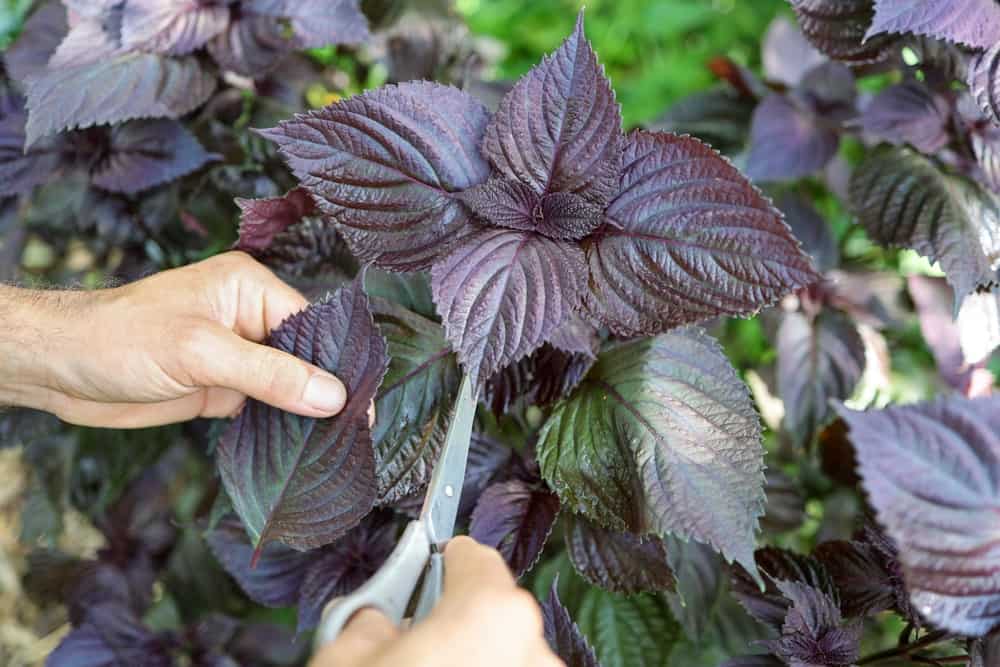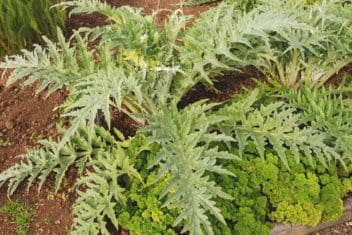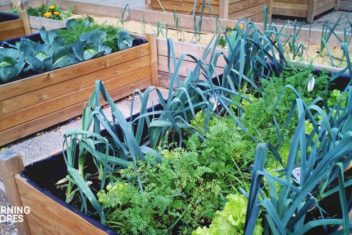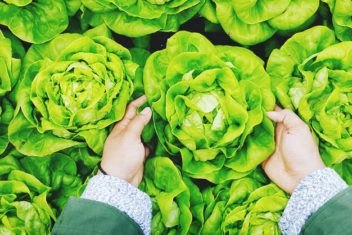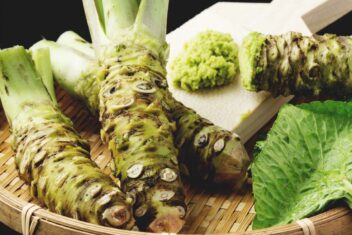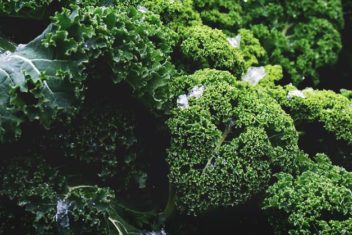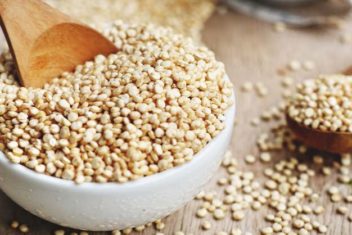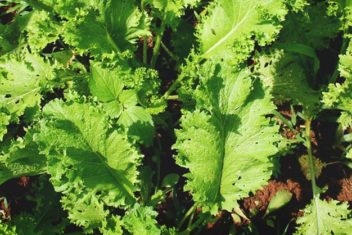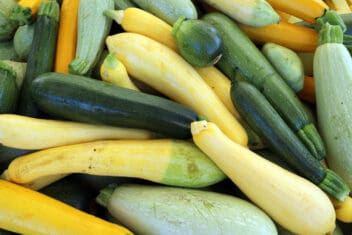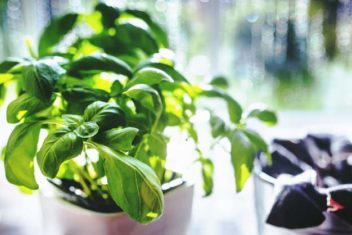Adding rare, unusual herbs to your garden gives you new flavors to add to your culinary adventures that you may not have experienced before.
Don’t get me wrong, traditional herbs are a mainstay in any garden. Who can do without basil, thyme, rosemary, dill, and all those other classic herbs you have always used? There are a lot of other choices though, that might excite you.
The following herbs have a unique depth of flavor, color, and medicinal qualities, so if you feel like experimenting a little and adding to your classic herb garden, we have some delicious suggestions for you.
1. Perilla
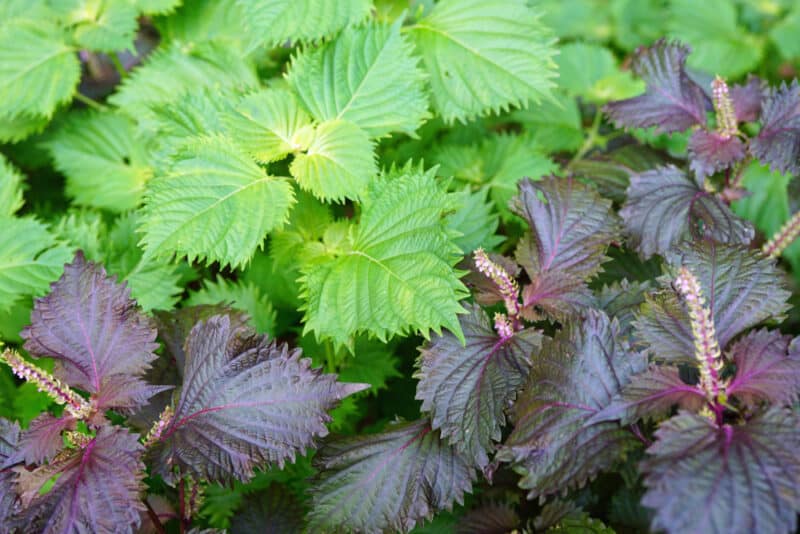
Otherwise known as shiso, Chinese basil, beefsteak plant, or purple mint, perilla (Perilla frutescens) is sometimes considered a weed, but is a useful and healthy member of the mint family.
While many Asian countries have used this plant for centuries, it’s one of the more unusual herbs in North America.
Perilla can be used as a herb in the kitchen for its health benefits (it has lots of omega 3 fatty acids), and even added to pickled foods to work as an antimicrobial agent.
Perilla is a summer annual, so it does best in warm, humid environments. Plant in USDA Growing Zones 3-10 during cool weather. It will survive Zone 11 if you plant it in mid to late winter.
Plant in full sun with a bit of shade in the hottest part of the day. Start the seeds in containers and transplant them in warmer spring weather. Transplanting mature perilla is not usually successful.
Perilla grows to about three feet tall. Pick the leaves and add to vegetable stir-fries and any dish with garlic. The plant will die back in the winter and self-seed for the following summer.
2. Mexican Tarragon
Similar to the traditional French tarragon and the closely-related marigold, Mexican tarragon (Tagetes lucida) is native to Mexico and other areas of Central America. It has a deep licorice-like, spicy flavor. If you like unusual herbs, this is a must have.
In Zones 9 to 11, it’s a perennial plant. In Zone 8, it will die back in winter and grow back the following season. In cooler areas, Mexican tarragon could be grown as an annual. Grow it in containers and move it around to follow the sun in cooler seasons.
This plant will grow up to three feet tall, so provide spacing of at least 24 inches between the plants. Plant in free-draining soil and provide full sun to get the best flavor.
Use for savory flavorings in egg and meat dishes. The flower petals can be used to make a tea that may help colds, gas, and upset stomachs.
3. Horehound
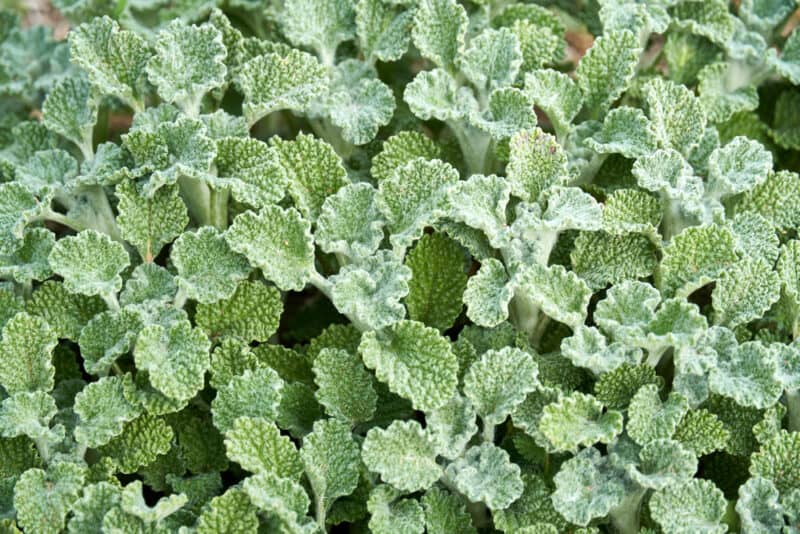
The leaves of horehound (Marrubium vulgare) look a little like mint but are more crinkled. They have a slight mint taste mixed with licorice accents.
If you are familiar with traditional horehound candy, this is the flavor that might bring back memories. While the candy is popular, it’s one of the more unusual herbs to grow in the garden.
If you have an area of the garden where other plants struggle, horehound will likely thrive. It also attracts beneficial insects to the garden.
Horehound is a perennial herb that is perfect for Zones 3 to 10. The fresh leaves are bitter, but the magical flavor comes to the fore if you dry them out. Be aware, though, this plant will self-seed and spread by way of runners. That’s why it suits containers or tough garden areas.
The best method for propagation is to plant the seeds in the ground during the fall and let Mother Nature provide the required stratification.
If you know someone with a plant, dig down and cut an eight-inch piece of root with sharp scissors. Repack the original plant with soil and plant the root in the garden, and water well.
Dry the leaves and use them to add flavor to fish, chicken, and stir-fries. Or, make a tea that may help with respiratory issues.
4. Lovage
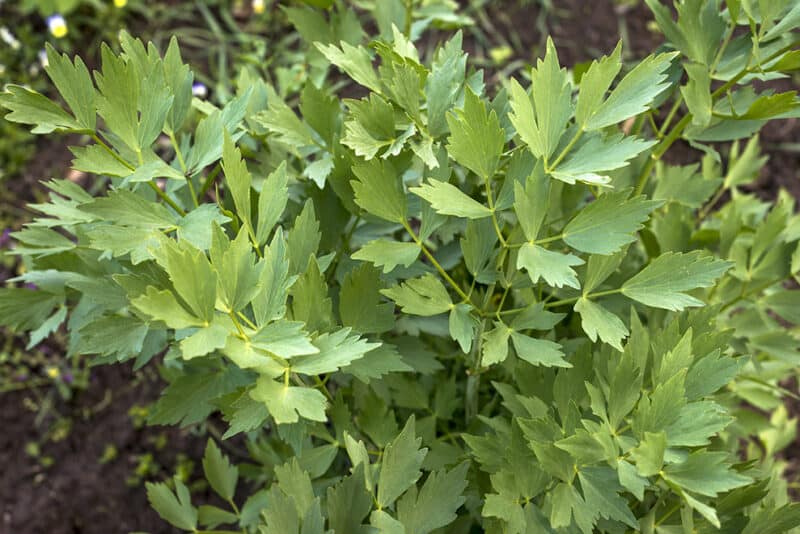
Lovage (Levisticum officinale) is an excellent replacement for parsley and celery. Pastas, potatoes, or any other carb-centric dish suits the addition of lovage stems and stalks. Common in Scandinavia, it’s one of the more unusual herbs in North America.
Dig the root up at the end of the season and cook it as a root vegetable. Add the leaves to salads, and the stems and seeds can be used in confectionery.
Lovage is from the carrot family, and it grows up to six feet tall. Allow the stems to thicken like celery stalks and use them similarly.
Plant in sandy, loamy soil in full sun in Zones 3 to 9. Allow the plant to die back in the winter and reemerge in the spring and summer. Lovage grows quickly, so you will only need to wait a couple of months before you can start harvesting.
5. Anise Hyssop
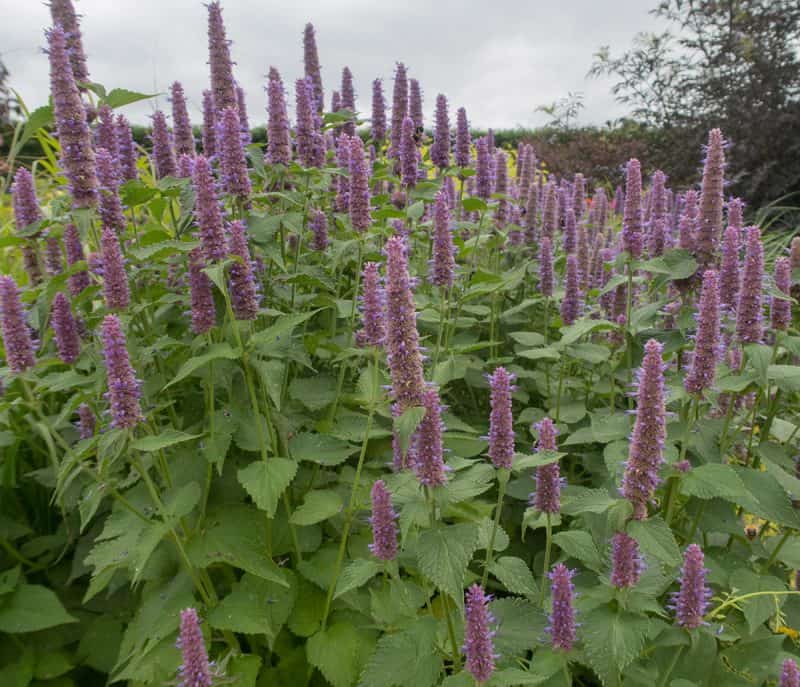
Strangely, despite its name, this isn’t anise or hyssop. Part of the mint family, the scent of anise hyssop (Agastache foeniculum) is a bit like basil mixed with French tarragon. Some unusual herbs are a mere novelty, but this is one useful plant.
Plant 18 inches apart, preferably using seedlings over direct sowing. Plant those seedlings in spring right through summer. Being a native perennial, anise hyssop will grow up to five feet tall, so plant it at the back of your perennial herb garden.
Plant in full sun. Too much shade will result in a lanky, weak plant. In Zones 4 to 9, you should see good growth each season.
Use the leaves in salads, make jellies, or even potpourris — steep the leaves in hot water for an uplifting tea. This is a good ingredient to help with skin irritations if you make salves.
Feed once a year in spring, and you should have a reliable herb. The most popular cultivars include:
- ‘Alabaster’
- ‘Blue Blazes’
- ‘Black Adder’
- ‘Blue Spike’
- ‘Purple Haze’
- ‘Red Fortune’
6. Toothache Plant
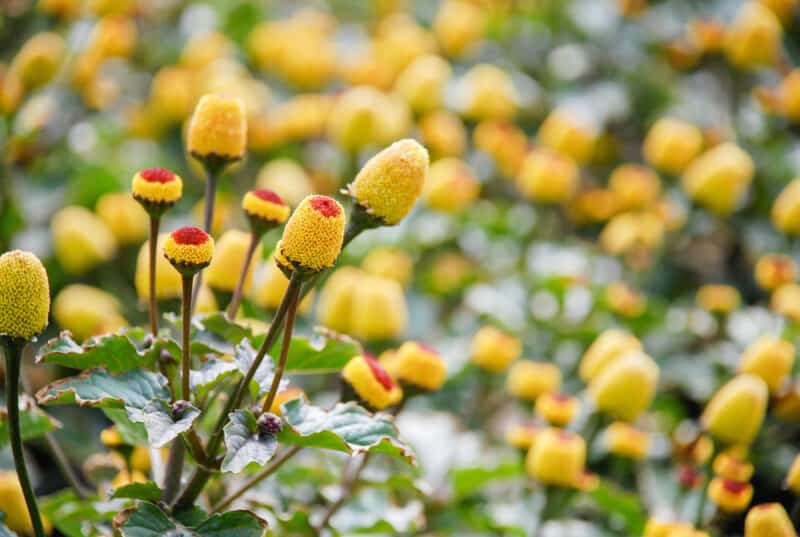
Known as buzz buttons, eyeball plant, electric daisy, and toothache plant (Spilanthes oleracea), it can be chewed on for temporary relief from tooth pain. The flowers are extremely unusual, making it unusual in more ways than one.
Unlike many of its herb relations, toothache plant insists on rich, organic, and loamy soil. It loves plenty of water and full sun or partial shade late in the afternoon.
In many places outside of North America, the leaves are added to stews as leafy greens, dried to make tea, and the flowers are dried and used in medicinal applications such as:
- Toothache
- Mouth Sores
- Colds and Flu Relief
- Stomach Aches
- Mouth Sores
Plant in Zones 9 to 11.
Related to daisies and cornflowers, toothache plants grow up to 15 inches tall and 18 inches across.
Don’t harvest leaves until the plant is at least three inches tall. Toothache plant requires little care.
7. Feverfew
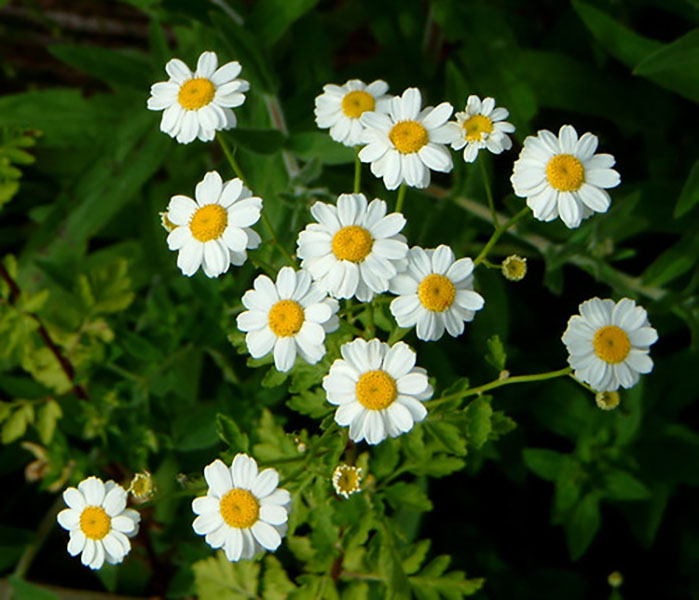
Feverfew (Tanacetum parthenium) is part of the daisy family and is known as a helpful herb that has been grown for centuries. This plant is native to Central Europe but will grow well in most North American areas.
Feverfew is a perennial and one of those unusual herbs that needs cutting down to just above the soil level in winter. It will grow back the following season, and self-seeds well to the point some may deem it invasive.
Keep an eye on any sprouting plants you don’t want, and remove them young.
When the spring weather is still cool, sprinkle the fine seeds directly in the garden. Tamp them down gently with your hand, but don’t cover them as they need sunlight to germinate. Once they’re about six inches tall, thin out to 18 inches apart.
Plant in Zones 5 to 10.
Feverfew can be used dried or fresh. It’s perfect for a survival garden or as a medicinal herb for those who prefer natural remedies. It’s used for tinctures, brewed as a tea, or making a natural insect repellent.
8. Sweet Cicely
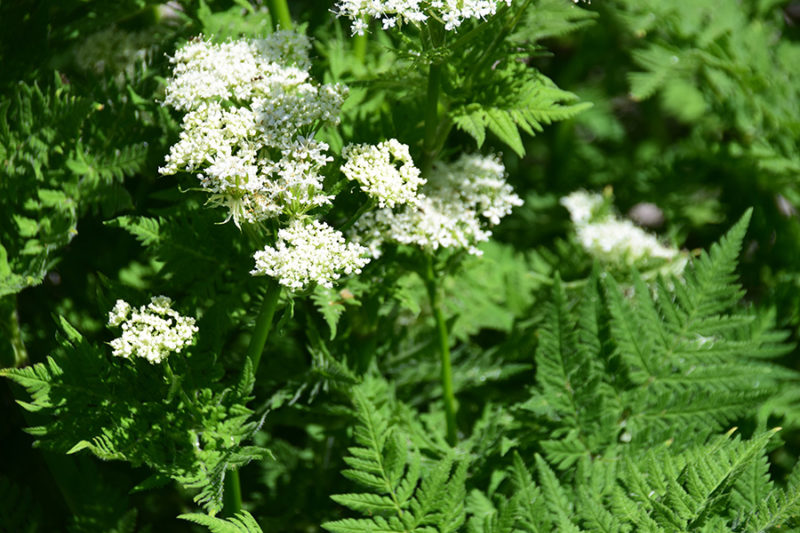
Myrrhis odorata was once a popular herb cultivated for medicinal and culinary purposes. It’s not seen often now, but if you want to extend your herb range in the garden with just one herb, sweet cicely is the perfect choice.
Flavor egg dishes or use raw in salads, cook like spinach, or cook the roots like a vegetable. The stalks can be used like celery.
Sweet cicely grows taller than most herbs, so plant at the back of the herb garden or against a wall. Provide well-rotted, good-quality compost and repeat once every year. Unlike many other herbs, you can plant this herb in partially shaded or shaded areas.
The best method to plant sweet cicely is to plant directly in the ground in late spring to early summer. Germination will take place next spring after a period of cold stratification.
Plant the seeds half an inch deep and two feet apart. Aim for six to 12 plants to start with. Make sure to deadhead the plants once they flower to prevent self-seeding, as it can be pretty invasive.
9. Vietnamese Coriander
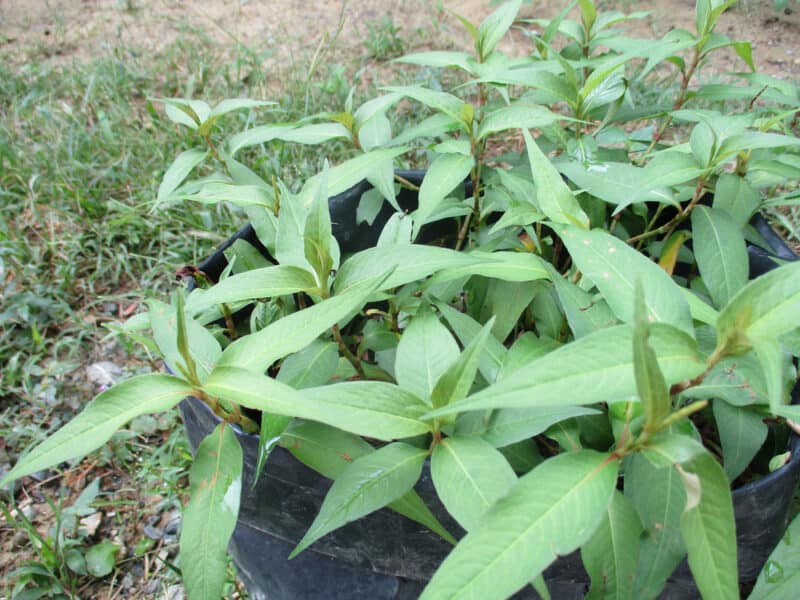
If you love growing cilantro but hate that it bolts quickly in hot temperatures, try Vietnamese coriander (Persicaria odorata). It’s also incredibly tasty.
It can withstand much hotter temperatures and tastes similar but with a deep smokey note. Typically used in Southeast Asia to replace peppermint, you only need to use half the amount you would use of cilantro.
Plant in a container and keep an eye on the spread. It grows like a ground cover and can take over an area, smothering other plants.
Plant where the garden gets sun in the morning and shade in the afternoon. This herb is winter hardy in warm areas, so plant if you live in Zones 9 to 11 as a self-seeding perennial. Otherwise, grow it as an annual. A must-have for a garden filled with unusual herbs.
10. Tulsi
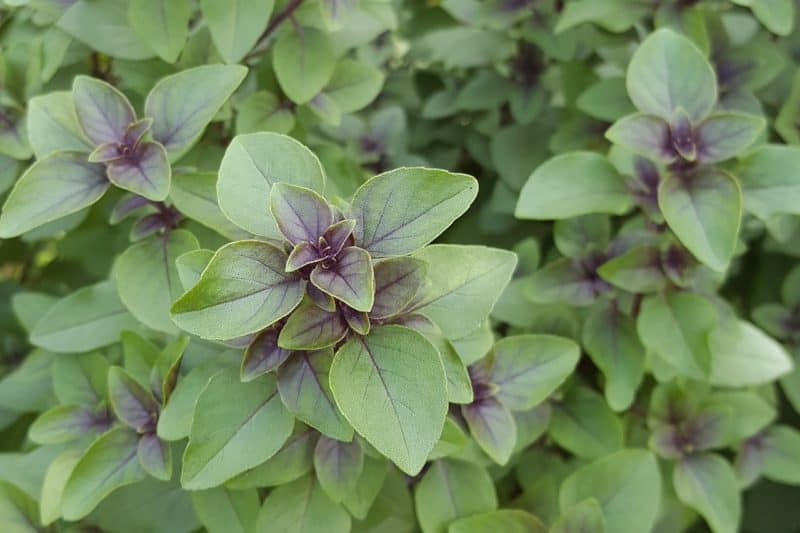
Tulis (Ocimum sanctum) is gaining attention as a valuable medicinal option. It has been shown to counter metabolic stress and protect the body from oxidative stress. On top of that, it’s delicious.
Known as holy or sacred basil, it’s used in Ayurvedic medicine and in all kinds of Asian recipes from India to Japan.
If you can grow basil, you can grow tulsi. While it might be one of the more unusual herbs in North America, it certainly isn’t difficult to grow.
11. Epazote
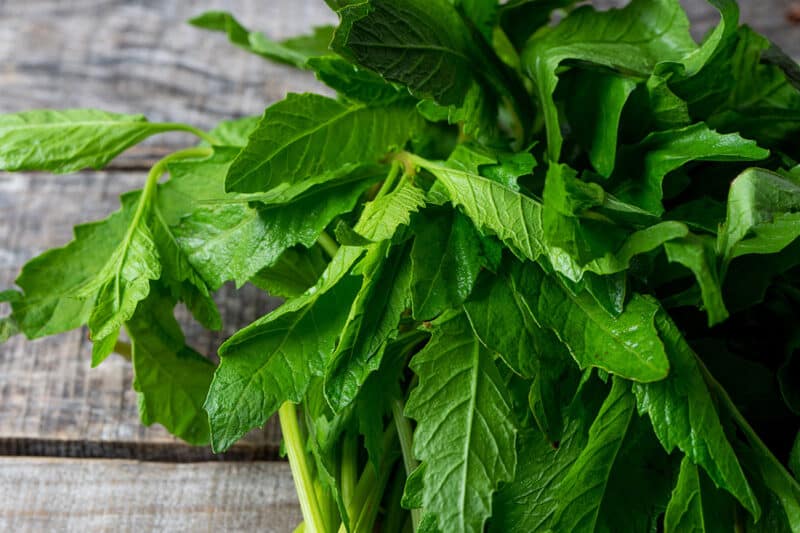
Epazote (Dysphania ambrosioides) is a weed in some areas and a valuable kitchen herb in others.
It’s drought-resistant, unfussy, and versatile. Grow it in Zones 4-12 from seed or purchase young seedlings.
To help control its enthusiastic spread, plant epazote in containers. Then your biggest challenge will be using up this and your other tasty unusual herbs.
12. Rue
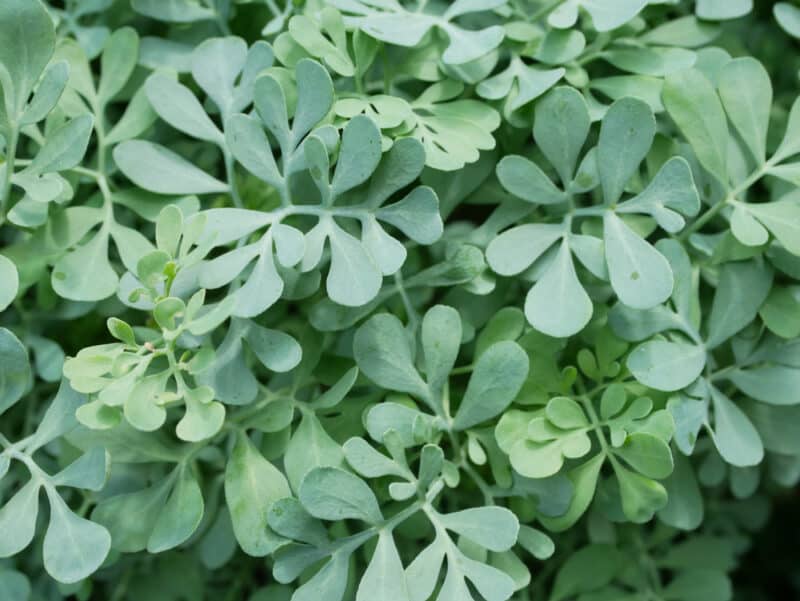
Rue (Ruta graveolens) is gorgeous, with dusty gray leaves that grow in clusters resembling lace or ferns. In the summer, it has pretty little yellow flowers.
Rue has been used medicinally in the past, but don’t ingest it. It’s toxic. It can, however, be used topically.
Grow this evergreen in Zones 4-10.
13. Stevia
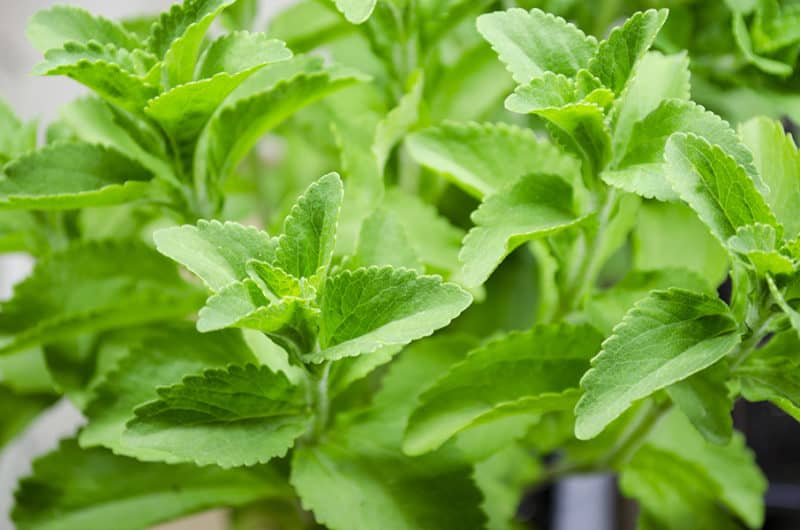
Stevia (Stevia rebaudiana) is a natural sugar alternative that is perfect for people with diabetes or who want to avoid sugar. The leaves are extremely sweet, much sweeter than table sugar, so you only have to use a little.
Stevia, also known as candy plant, will grow in Zones 8 and up as a perennial, or you can raise it as an annual in Zones 7 and lower. If you like unusual herbs, make this a part of your garden.
14. Marshmallow
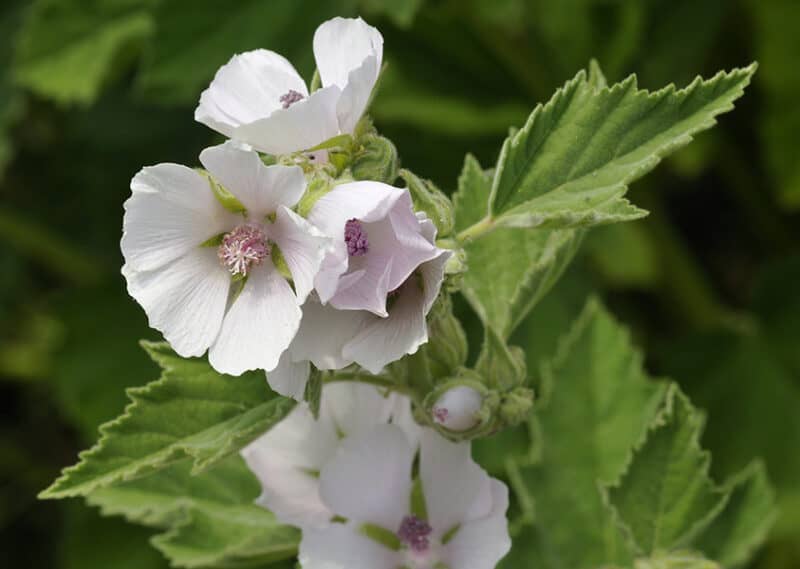
Marshmallow or marsh mallow (Althaea officinalis) is an ancient herb that was used to create the sweet, pillowy treat that we roast over coals. These days, it isn’t made using the plant, but you certainly could make your own if you plant this unusual herb in your garden.
This five-foot-tall plant is beloved by pollinators and is covered in pretty white blossoms.
You can use marsh mallow to soothe irritated skin or to create a cough-easing concoction.
15. Tumeric
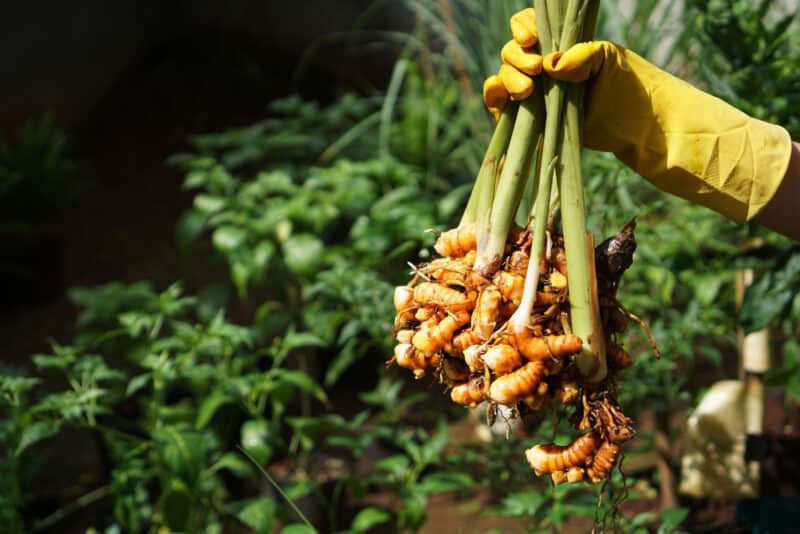
Turmeric is touted as a superfood, and people drink the tea to boost their health. You can grow it as a perennial in Zones 8-12 or an annual in cooler areas.
Most people eat the root but the leaves and flower are edible, as well. Whether you grow it for the flavor or the medicinal uses, it’s a fabulous herb to have around.
